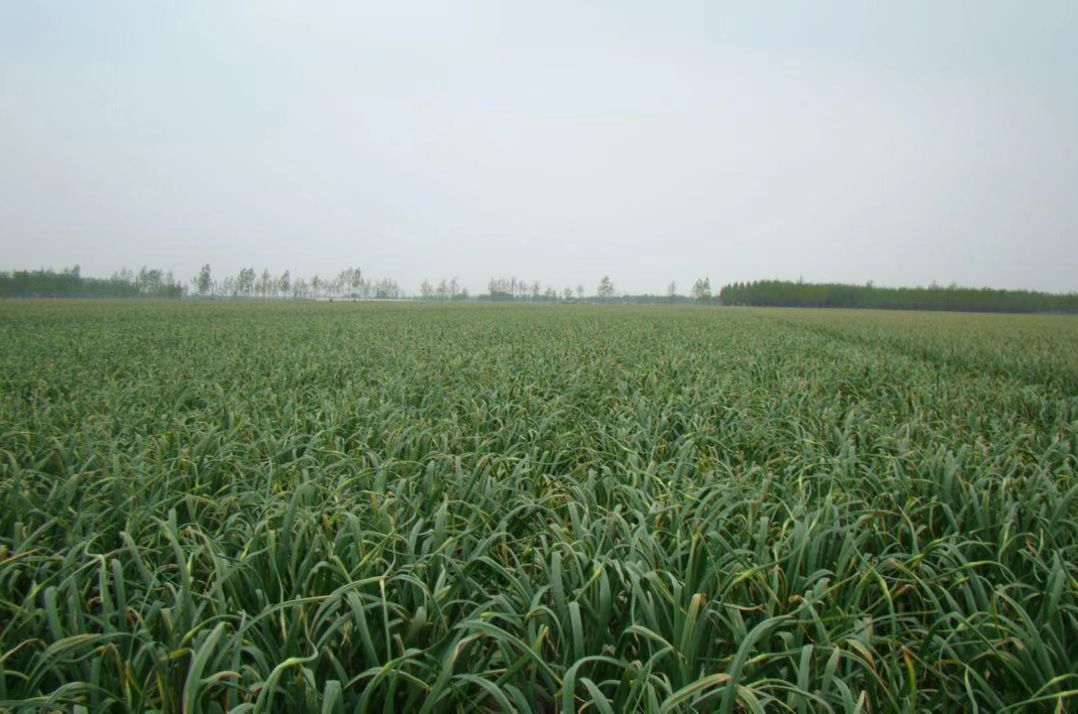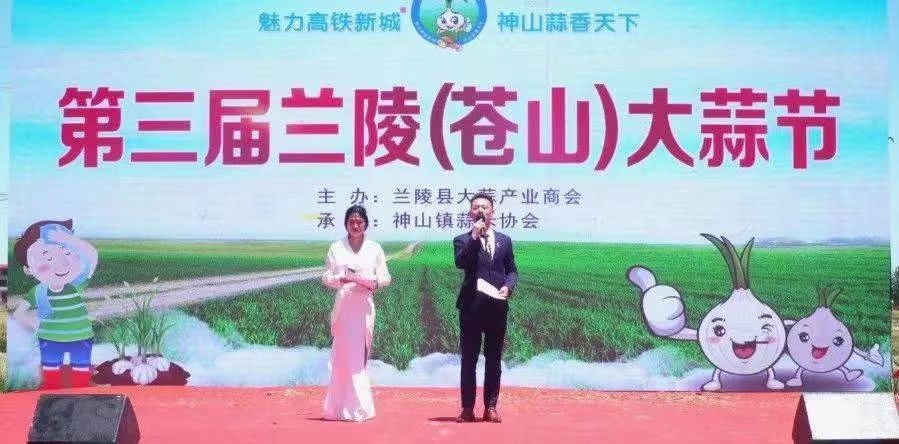The China-EU Agreement on Geographical Indications officially entered into force on March 1, 2021. It is China's first bilateral comprehensive and high-level agreement on the protection of geographical indications (GIs), and an important and practical outcome in the development of China-EU economic and trade relations in recent years.
We will continue to introduce to you the first batch of 100 Chinese GIs and 100 European GIs under the Agreement, to better protect and market them to meet the needs of consumers on both sides for a better life.
GI Episode 27: Cangshan Garlic
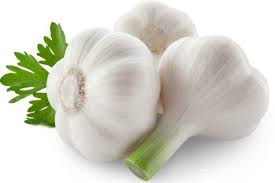
Cangshan Garlic, a specialty of Lanling County (former Cangshan County), Linyi City, Shandong Province, is also called “Hu” or “Hu garlic”. The garlic has white skin as thin as paper; the bulb is big and each has four to six even cloves, with the flesh being jade white, sticky, hot and very nutritious. When it comes to garlic, Compendium of Materia Medica records “it is indispensable for people in north China when they eat meat and noodles”. Rich in vitamins, amino acids, proteins, allicin and carbohydrates, Cangshan Garlic is good for sterilization and disinfection and it can eliminate dampness and pestilence such that it has extremely high edible and medicinal value. As high-quality garlic from China, Cangshan Garlic enjoys a high reputation at home and abroad.

Cangshan Garlic has been cultivated for more than 1900 years. In the Western Han Dynasty, Zhang Qian brought back Hu garlic which is larger than the allium bakeri (called in Chinese xiao suan, literally, small garlic) originally grown in China, so it is called da suan (literally, big garlic). As recorded in The History of the Dong Han, “Li Xun, while acting as governor of Yanzhou Prefecture, shared all the wheat and Hu garlic harvested from his plantation with his subordinates, with nothing left”. Evidently, back then garlic had been introduced to Shandong Province. With a higher yield, a bigger head, and a better taste than the allium bakeri, the garlic makes an expanding presence as the garlic production area expands from Yanzhou and reaches Cangshan.
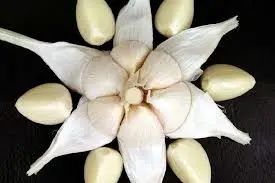
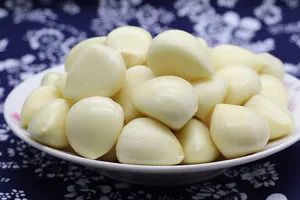
Lanling County is in the warm temperate and semi-humid area of the East China monsoon region. With a notable continental monsoon climate, the county has four distinct seasons including the hot rainy season. The soil in garlic production area has a high content of organic matter, and a high concentration of nitrogen, phosphorus and potassium. The water wells in the garlic production area mostly contain alkalescent water, and some of the well water is comparable to the first-grade fertile water. Under such ecological environment, the natural selection and artificial cultivation over the long passage of time give birth to the Cangshan Garlic, a premium variety unique to Lanling. In May 1999, Lanling County (Cangshan County) was officially named the Home of Garlic in China. The garlic production base now covers an area of 24,000 hectares, with an annual output of 320,000 tons.


Fragrant, spicy, sticky and delicious, Cangshan Garlic has a high content of amino acid which can be directly absorbed by human body and its allicin is good for reducing nitrite in the stomach and combating tumor. Cangshan residents generally have the habit of eating raw garlic in meals. During garlic harvest season, garlic sprouts, garlic seedlings and fresh garlic become the main vegetables of every household.
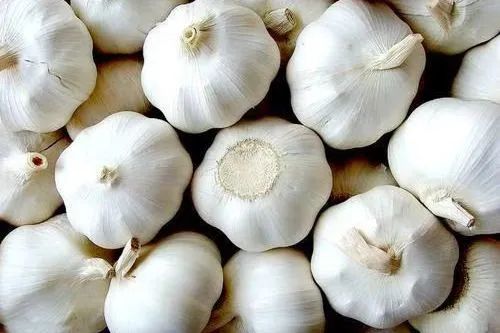
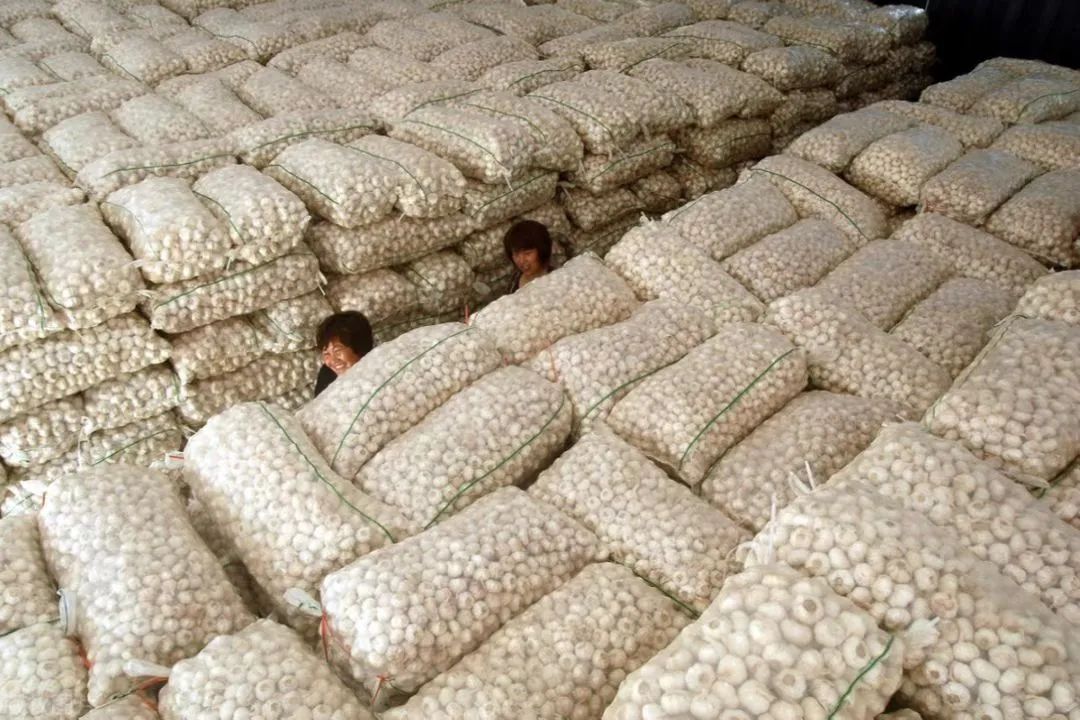
Cangshan Garlic has been exported to Japan, ROK, North America, Southeast Asia, the Middle East, Europe and other places for more than 20 years. Cangshan Garlic food comes in many types. In addition to functioning as an ingredient, the garlic is processed into dried garlic, garlic powder, garlic oil, sweetened garlic, canned garlic, garlic beverage among other foods and seasonings, which are popular among consumers at home and abroad.
